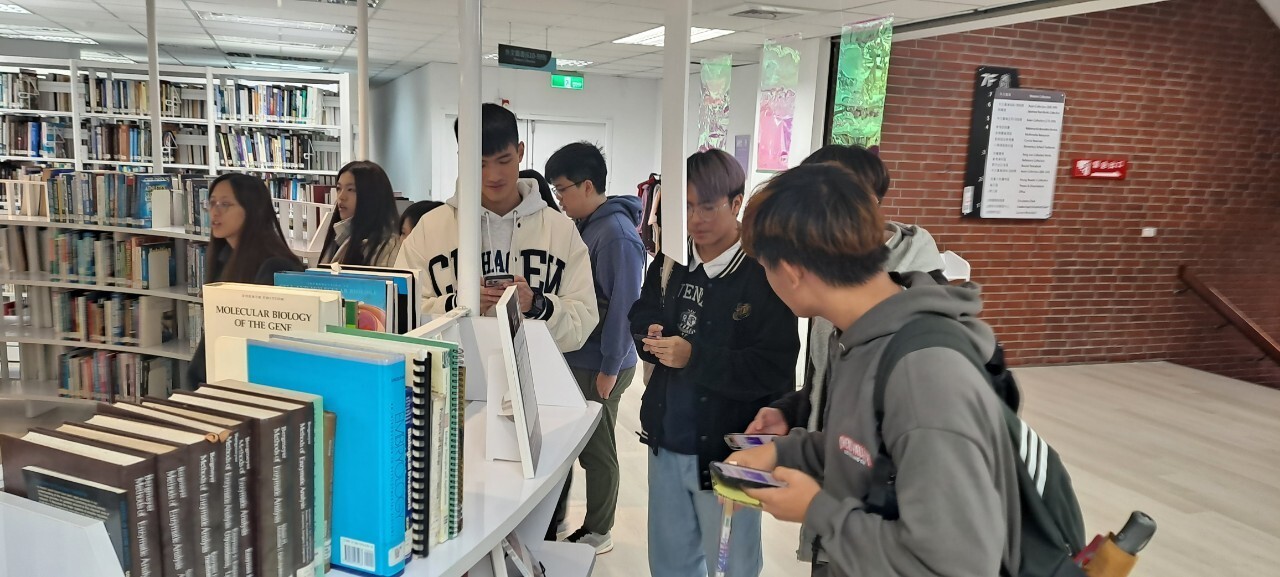Falling in Love with Libraries — Exploring Cross-Disciplinary Collaborations in Curatorial Teaching Practice and Library Spaces
In recent years, the impact of the digital revolution has profoundly influenced how information is accessed and consumed. Students have become accustomed to retrieving information online, and often overlooking the valuable collections of books, audiovisual materials, and historical documents (such as maps, newspapers, textbooks, sheet music, photography manuals, etc.) preserved in libraries. These library collections represent the wisdom of past generations and can complement digital information, providing both breadth and depth of knowledge.

Simultaneously, libraries are adapting to the challenges of digitization by evolving into multifaceted spaces centered around readers and compatible with arts and cultural exhibitions. In recent years, the field of "curatorial studies" has flourished, exploring cultural themes, conducting research, translating complex content into accessible formats, and utilizing creativity and ingenuity to communicate with the public, becoming a prominent aspect of the arts and culture industry. The early stages of curatorial work emphasize content research, leveraging library resources to enhance the depth and diversity of exhibition content. As projects progress, library spaces are utilized as pre-exhibition venues, allowing students to engage in exhibition setup and receive feedback from live audiences. In summary, from collections to physical spaces, libraries offer multifaceted benefits for teaching, research, and curatorial practice.

In 2023, the Department of Cultural and Creative Industries Management at our university, under the guidance of Assistant Professor Cheng-Yi Shih and Department Head Chan-Li Lin, along with instructors Wei-Yuan Wang and Ying-Hua Chu, formed a supervisory team to collaborate with the library, establishing a five-stage cooperative teaching model: "Project Proposal, Pre-exhibition Discussion, Classroom Interaction, Proposal Presentation to the Library and Exhibition Collaboration." This model explores the possibilities of contemporary libraries in curatorial teaching practices.
In this experimental "learning by doing" approach, students are guided to discover knowledge, identify problem areas, and deepen their perspectives. The emphasis is on learning through curation, while simultaneously exploring the significance and functions of modern library spaces. Clearly, university libraries have become the most supportive cultural venues for learning!


